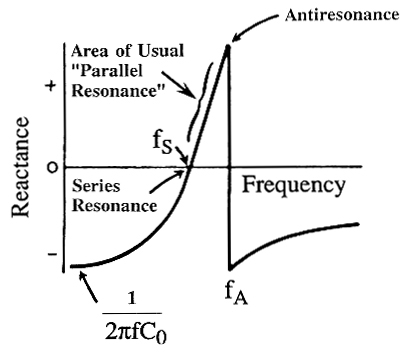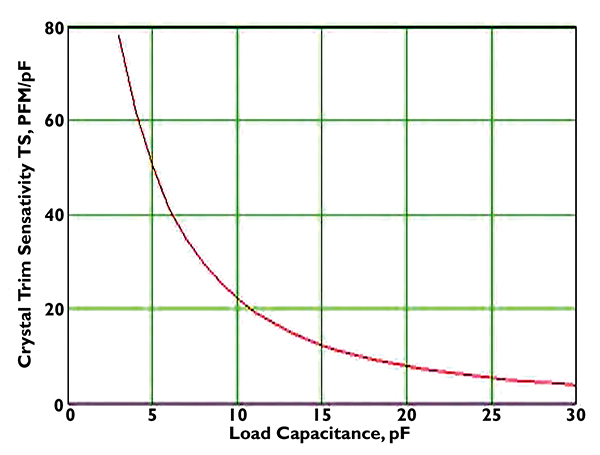With TJ Byers
Crystal Oscillators Defined
Question:
I'm finding that a lot of the PIC projects require a 20-MHz crystal. In most of the circuits, a 10 pF capacitor goes from each crystal lead to ground. But when I look at the catalogs, I find crystals listed as series or 20 pF, none with a 10 pF listing. Which do I want to use and why?
Alec Noble
via Internet
Answer:
You, like many readers, are confused by the terminology used in the crystal community, much of which stems from the proper choice of a "load" capacitor. Actually, finding the right crystal and companion load capacitor for your application is easy — once you understand how a crystal oscillator behaves.
To begin with, crystals actually only come in one flavor. There is no difference in the construction of a series resonant crystal and a parallel resonant crystal, which are manufactured exactly alike. The only difference between them is that the operating frequency of the parallel resonant crystal is slightly above the series resonant frequency. The reason for having two different modes of operation has to do with the configuration of the oscillator circuit. The Pierce oscillator, which is used in the rfPIC microcontroller series, is designed to use a series resonant crystal, whereas the Colpitts oscillator used in the PIC16Fxx series, requires a parallel resonant crystal.
So if the two crystals are identical when they come off the assembly line, what sets them apart when it comes time to specify and use one? Answer: The crystal — being a complex electronic device — exhibits a characteristic operating curve (Figure 1). On this curve, there are two points of resonance. The fs point is the frequency at which the characteristic impedance of the crystal is resistive. It's also the point where the crystal draws the most current and dissipates the most power. The anti-resonance point is almost exclusively inductive or capacitive. At this frequency, current flow is minimal.

FIGURE 1.
Between these two is a region called the area of usual "parallel resonance." Most PIC oscillator circuits operate in this region. Parallel resonance is accomplished by placing a small capacitance — called a load capacitance — across the crystal terminals to obtain the desired operating frequency by forcing the crystal into the area of usual "parallel resonance." A greatly simplified diagram of a series resonant oscillator and a parallel resonance oscillator is shown in Figure 2.

FIGURE 2.
The value of the load capacitor typically varies between 12 pF and 32 pF, depending on the crystal (it will be listed on the manufacturer's datasheet under CL for the frequency specified). However, there are other factors to be considered, such as track impedance and stray capacitance. The graph in Figure 3 shows the sensitivity to frequency change (in parts per million) in relationship to load capacitance.

FIGURE 3.
If the goal is to make a fixed frequency oscillator — such as in a microcontroller application — then choose a large load capacitance value like 18pF-22pF. If you want to tune (pull) the crystal, then choose a small load capacitance value like 9pF-14pF.
Before I take my leave, let me explain that these observations are only for fundamental frequency crystals — typically crystals with a frequency of 30 MHz and less. For higher frequencies, the crystal operates in an overtone mode, where the frequency is a "multiple" of the fundamental frequency. They only occur at the odd increments of three and five. Seldom will you find a crystal operating beyond the fifth overtone. As a result, the crystal's feedback and capacitive loading demands change. But that's a topic for another time.




Comments